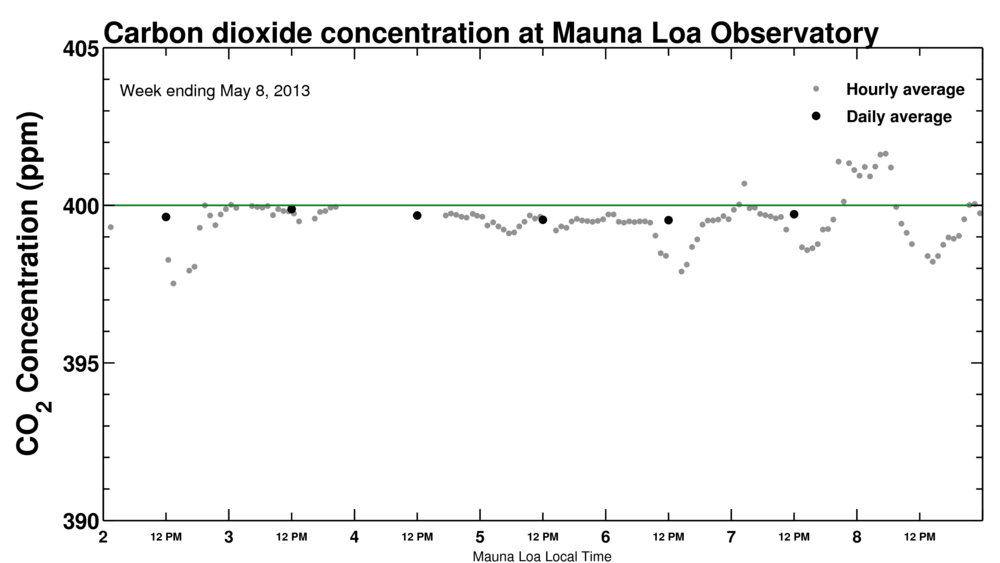Wow. What a speech this afternoon by President Obama on the Georgetown University campus – and a beautiful follow up to his Inaugural Address in January and his State of the Union speech shortly thereafter – noting one satire piece that is worthy of watching. He stepped onto the stage at about 2pm Eastern time and delivered. The backbone was the announcement of the President’s Climate Action Plan (click for PDF). The papers were buzzing – Washington Post for example but there were many many more “responses” to the unveiling of the Climate Action Plan. Twitter was super active from about 2-5 pm Eastern time with #ActOnClimate trending high. I haven’t been around Twitter long enough to see the electricity flowing like this, but watching the speech and the tweets at the same time was pretty inspiring. Entertaining too. Twitter was like a race to see who could point out a quote by @BarackObama the fastest. Obama said a lot of great things, but I like this one.
We don’t have time for a meeting of the Flat Earth society
He pointed out that the Clean Air Act only promoted American innovation and did NOT destroy the economy, and noted that the Clean Air Act passed nearly unanimously with only ONE DISSENTING VOTE. Times have changed! He metaphorically referred to the economic potential of moving to clean energy as the building of a new engine, referring (I presume) to the innovation of the automobile industry in America throughout the 20th century. Clean energy is here in this country now. He said that 75% of wind energy is in Republican districts (!). The community organizer in our President emerged as he gave credit to past Republican efforts to help our environment – the EPA was created under the Nixon administration, for example.
I haven’t found the transcript or the high quality video yet, but June 25, 2013 was a very memorable moment for the USA. I hope it marks the turning point and that the USA leads – like it should, says this US Citizen – the development of a global community around the issue of global warming. I’ll leave you with an amazingly long graphic from the White House page.
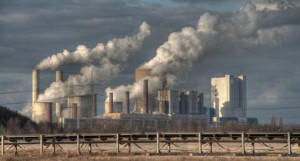 Over long time scales, of course there are a number of possible reasons (changes in the Sun, Earth’s orbital shape/proximity around the Sun, plate techtonics), but these take so long, they aren’t relevant to the concept of global warming. Even my statement that What on Earth could warm an entire planet? should be more precise and say something like What on Earth could warm an entire planet over a relatively short time period? The simplest, if somewhat incomplete, answer is the combination of greenhouse gases and aerosols emitted into the atmosphere from human activities. Period.
Over long time scales, of course there are a number of possible reasons (changes in the Sun, Earth’s orbital shape/proximity around the Sun, plate techtonics), but these take so long, they aren’t relevant to the concept of global warming. Even my statement that What on Earth could warm an entire planet? should be more precise and say something like What on Earth could warm an entire planet over a relatively short time period? The simplest, if somewhat incomplete, answer is the combination of greenhouse gases and aerosols emitted into the atmosphere from human activities. Period.
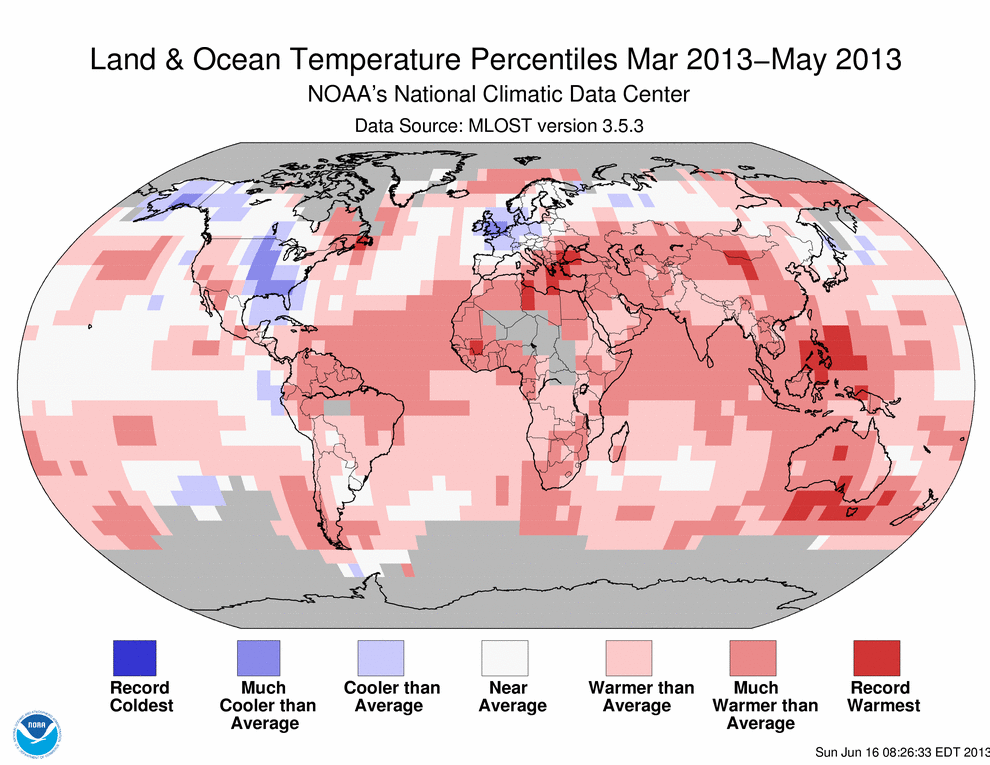
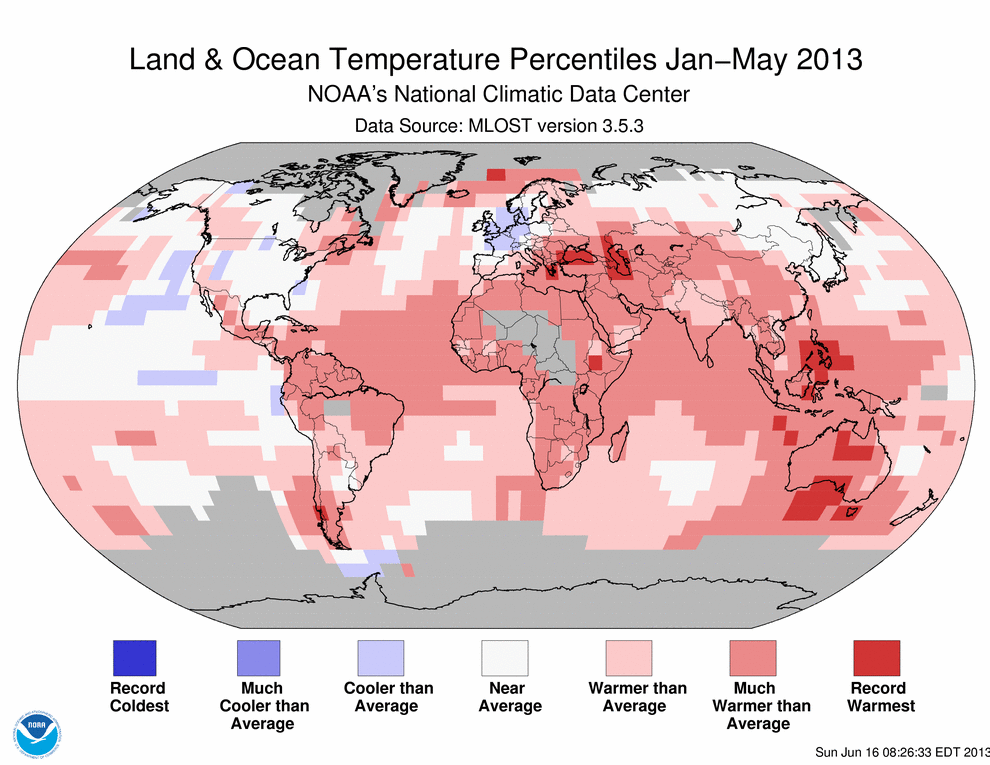
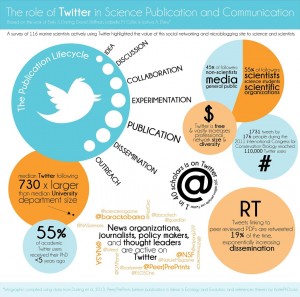
 I haven’t read the IEA report, but I came across the
I haven’t read the IEA report, but I came across the  Based on a written survey I asked many to fill out, I would say that the most general concern was that Thin Ice did not show enough data analysis – a great initial exploration into climate data is the
Based on a written survey I asked many to fill out, I would say that the most general concern was that Thin Ice did not show enough data analysis – a great initial exploration into climate data is the  You may not work with ice cores or ocean-based research or even climate models, but you will have the chance to work with a group of highly dedicated people on problems that are interesting and sometimes poorly understood. Let your passion lead you!
You may not work with ice cores or ocean-based research or even climate models, but you will have the chance to work with a group of highly dedicated people on problems that are interesting and sometimes poorly understood. Let your passion lead you!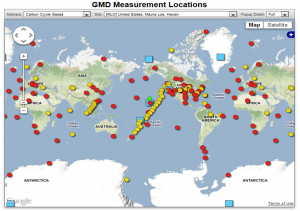

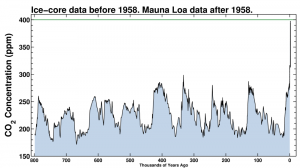
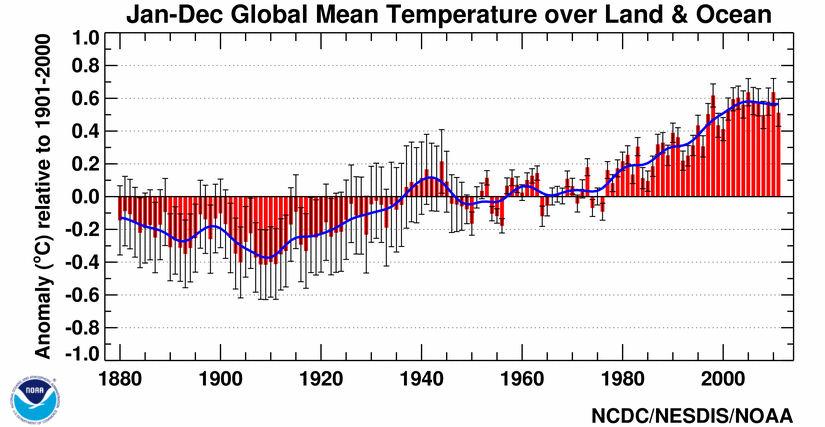 The issue is getting a load of attention and, as Gillis wisely acknowledges, the analysis and studies in the peer-reviewed scientific literature will take a couple of years to “settle” on an answer. I agree. The public and policy makers and just about everyone wants to know the answer though so every publication or even statement about climate sensitivity will be intensely amplified. I’ve been reading about this issue myself, mostly as I prepare to bring the very current discussion into the classroom (
The issue is getting a load of attention and, as Gillis wisely acknowledges, the analysis and studies in the peer-reviewed scientific literature will take a couple of years to “settle” on an answer. I agree. The public and policy makers and just about everyone wants to know the answer though so every publication or even statement about climate sensitivity will be intensely amplified. I’ve been reading about this issue myself, mostly as I prepare to bring the very current discussion into the classroom (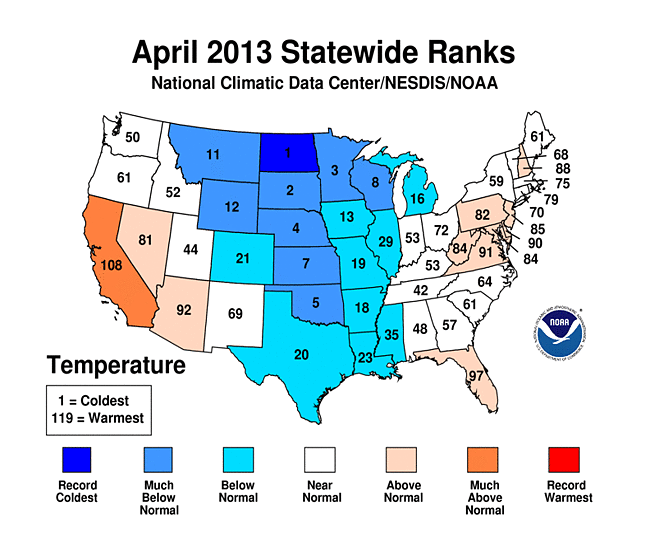

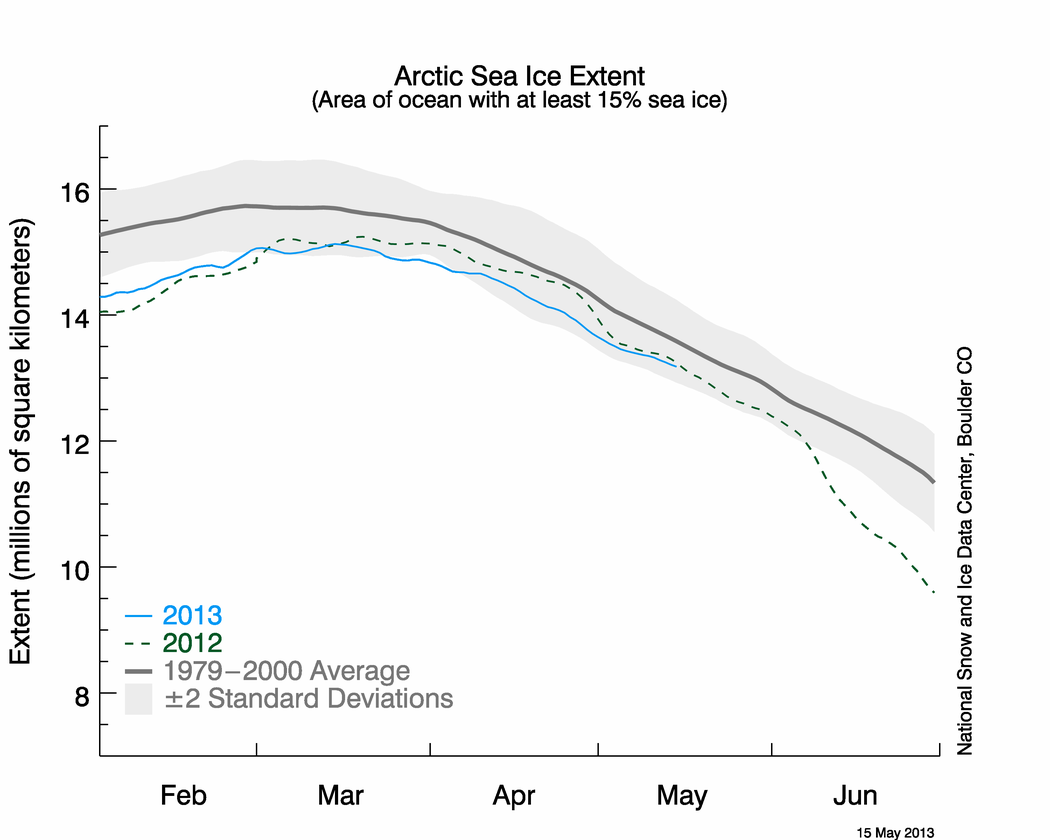 The Sun will eventually win this battle and the mid-latitudes (southern USA) will inevitably heat up this year (at least I think so!). Here’s the temperature departure for the last week from
The Sun will eventually win this battle and the mid-latitudes (southern USA) will inevitably heat up this year (at least I think so!). Here’s the temperature departure for the last week from 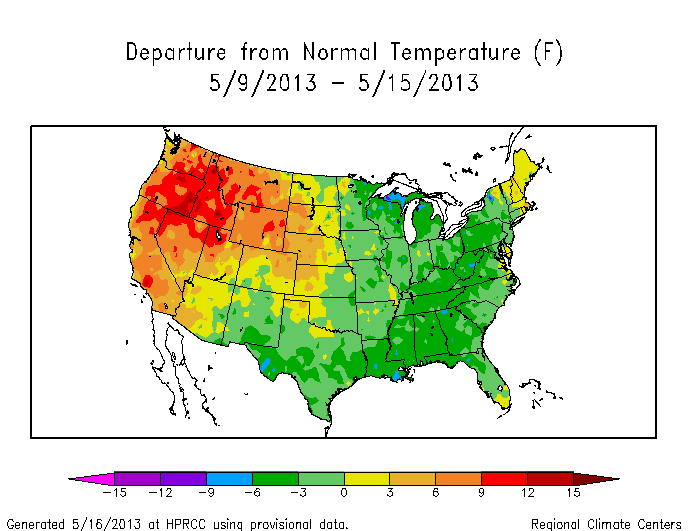 Summer is coming. Will Summer 2013 be like
Summer is coming. Will Summer 2013 be like 

 whew! I know if I patiently wait, the CO2 concentration will rise above 400 ppm in earnest since CO2 concentrations have been increasing by about 2 ppm/year
whew! I know if I patiently wait, the CO2 concentration will rise above 400 ppm in earnest since CO2 concentrations have been increasing by about 2 ppm/year 
